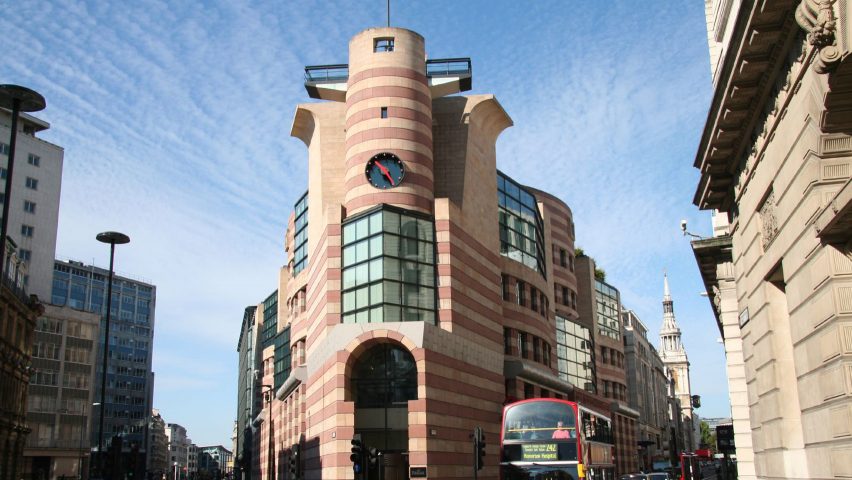
King Charles III's impact on British architecture
Under his previous title of Prince of Wales, Britain's new monarch exerted significant influence on the built environment through campaigning, torpedoing modernist projects and even building his own traditional towns. Here are six ways King Charles III has impacted British architecture.
King Charles III has a keen interest in architecture and, before he became king, was not afraid to make his opinions known.
As a vocal critic of modernist architecture, he scuppered schemes by architectural heavyweights including Richard Rogers and Ludvig Mies van der Rohe, and prevented modernist additions from being built at the National Gallery and Royal Opera House.
He was equally vocal in his support for traditional architecture, with articles, speeches, a TV documentary and even a book all dedicated to promoting its cause.
Here are six ways in which King Charles III impacted British architecture:
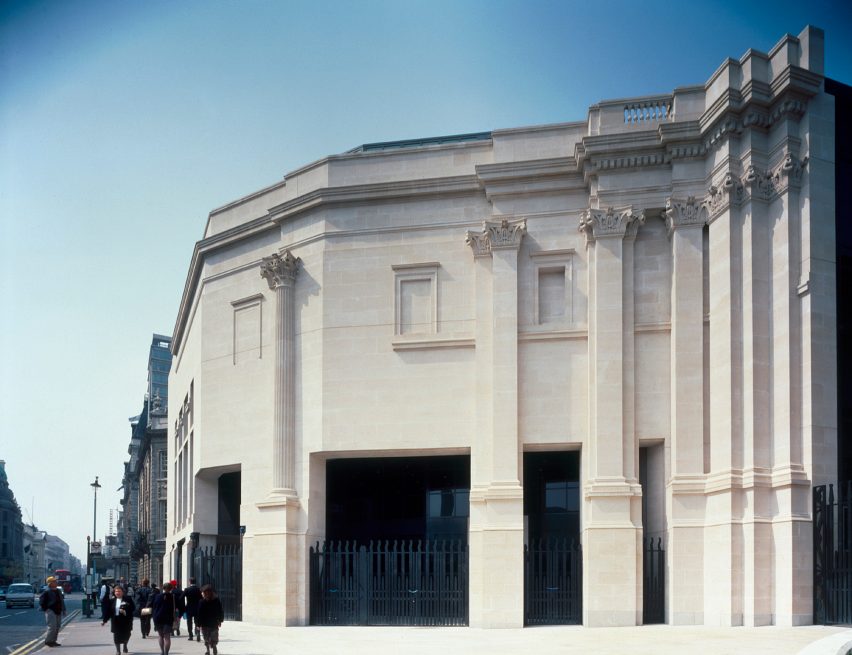
Charles taught everyone the word "carbuncle"
Perhaps Charles' most infamous architectural intervention was his 1984 speech given at the Royal Institute of British Architects to celebrate the institution's 150th anniversary.
In the talk, now commonly referred to as the "carbuncle speech", Charles took aim at modernist architecture in general and a couple of projects in particular. One of the principal targets was a proposed high-tech extension to the National Gallery designed by Ahrends Burton & Koralek (ABK).
Charles described the competition-winning design as "a monstrous carbuncle on the face of a much-loved and elegant friend" and soon after it was dropped. Another competition was organised, which was won by a postmodern structure by Robert Venturi and Denise Scott Brown (pictured).
The word carbuncle was introduced to British architectural journalism and later lent its name to an annual competition to find the UK's worst building launched in 2006 by magazine Building Design – the Carbuncle Cup.
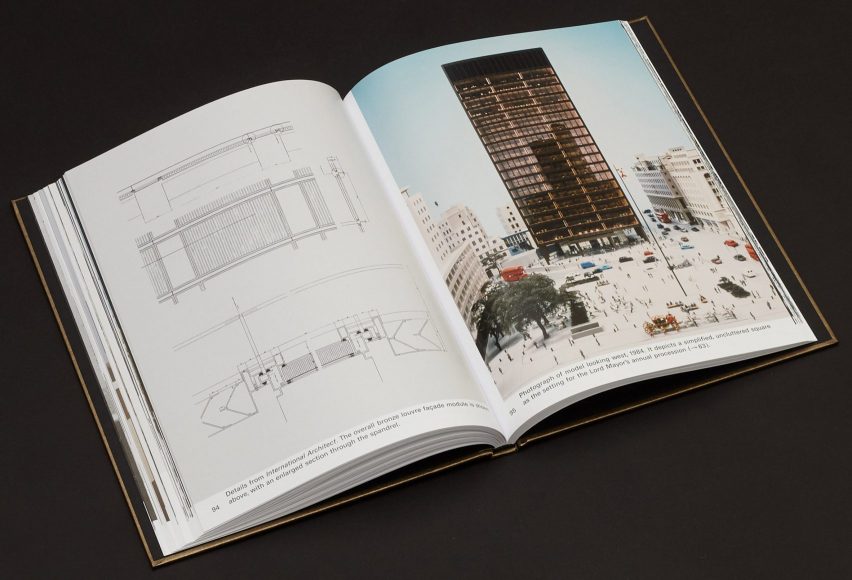
He deprived London of a Mies van der Rohe skyscraper
Another victim of Charles' infamous speech, along with a long-running campaign, was a Mies van der Rohe-designed tower that was proposed for a site in Mansion House.
"It would be a tragedy if the character and skyline of our capital city were to be further ruined and St Paul's dwarfed by yet another giant glass stump, better suited to downtown Chicago than the City of London," Charles said of the proposal.
If it had been built, the 19-storey tower would have been the first and only UK building designed by one of the 20th century's most influential architects. The plight of the building was the subject of an exhibition at RIBA in 2017 and a 160-page hardback book published by REAL (pictured).
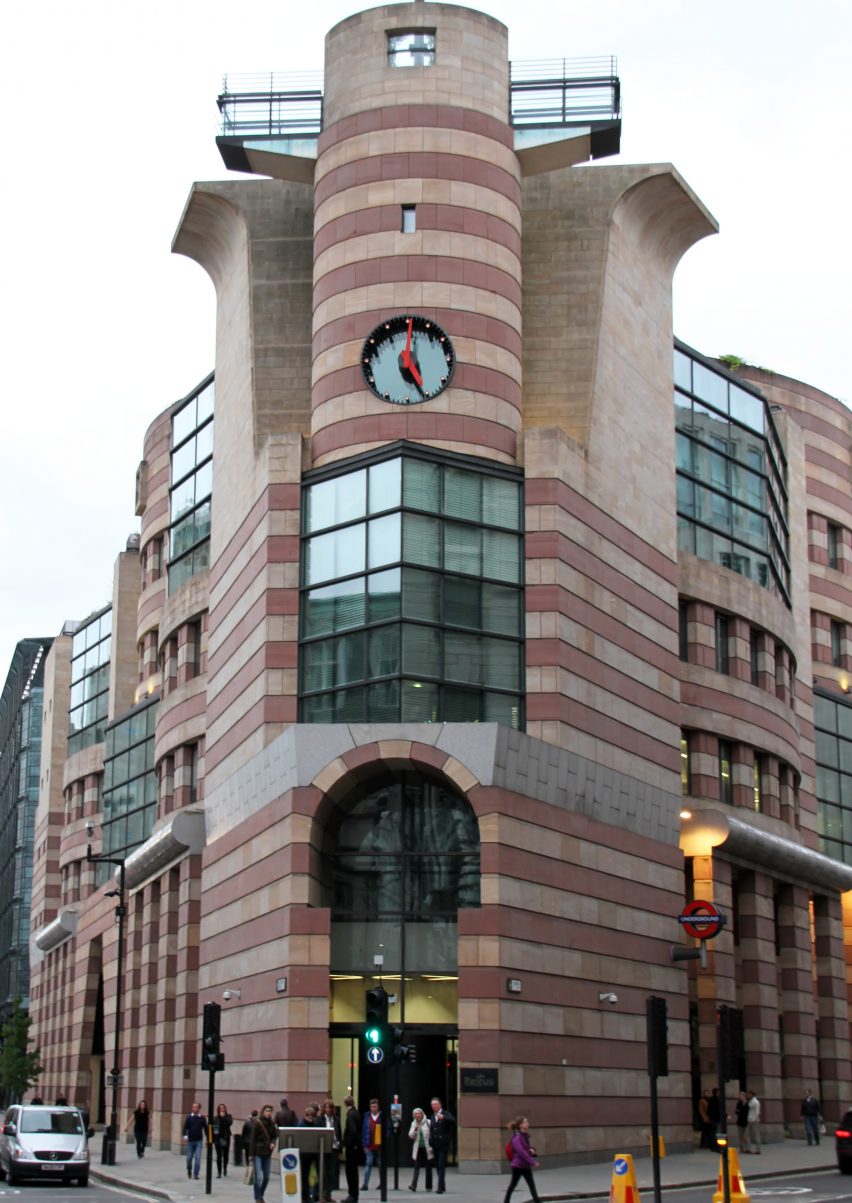
He gifted London two of its best postmodern buildings
An unintended consequence of quashing these two high-profile modernist schemes was the creation of two of London's best-known postmodern buildings.
Following the rejection of the Mies van der Rohe scheme in 1985, the developer of the site turned to James Stirling, who designed the pink and yellow No 1 Poultry office block. Stirling's last completed building, the postmodern, ship-like structure has divided opinion ever since it was built but was granted listed status in 2016.
At the National Gallery, ABK's loss was Venturi and Scott Brown's gain as they won the reorganised competition with a design for a pilaster-covered postmodern structure. Despite being granted Grade-I listed status in 2018, alterations described as "vandalism" are now proposed for the Sainsbury Wing.
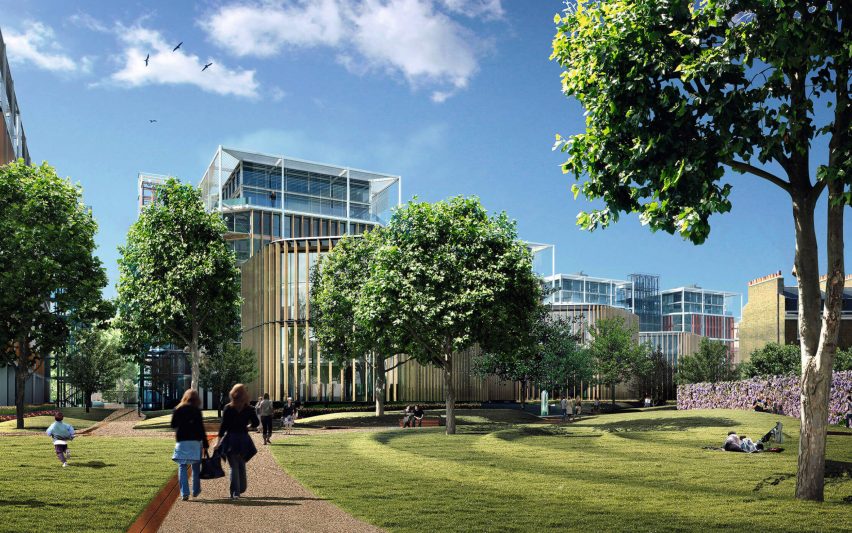
Charles scuppered Richard Rogers three times
Mies van der Rohe and ABK were not the only high-profile architects to have had their projects disappear due in large part to Charles' disapproval.
One architect who suffered more than most was Pritzer Architecture Prize-winning architect Rogers, who passed away last year. On three occasions the architect's schemes were apparently scuppered by the then prince. First, Charles spoke out against his Paternoster Square scheme beside St Paul's Cathedral, which was subsequently dropped.
"You have to give this much to the Luftwaffe," Charles said in a speech referring to the scheme. "When it knocked down our buildings, it didn't replace them with anything more offensive than rubble."
Then his Royal Opera House was abandoned with Rogers claiming: "I was basically told: 'the prince does not like you'."
And finally, Charles wrote a letter to the Qatari developers of a housing scheme at The Chelsea Barracks (pictured) in central London warning them off the architect, which contributed to the scheme being abandoned.
The trio of reversals led to Rogers telling the Guardian newspaper: "Charles knows little about architecture. He sees this debate as a battle of the styles, which is against the run of history because architecture evolves and moves, mirroring society."
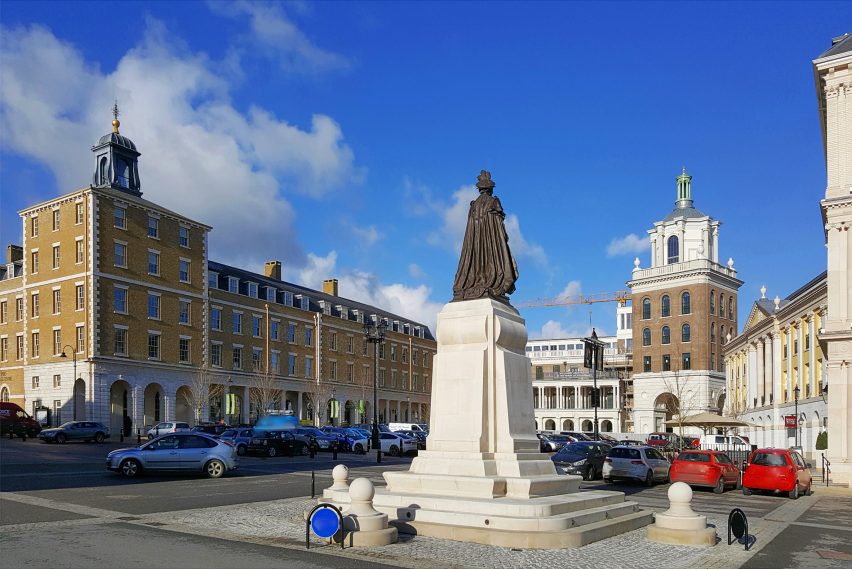
He created his own traditional towns
Along with scuppering contemporary designs, Charles has also put his money where his mouth was and backed the development of several traditional towns, with Poundbury being the most notable.
Planned by Leon Krier, with a central square designed by Quinlan Terry, Poundbury is an extension to the town of Dorchester for 6,000 people built on Duchy of Cornwall lands, which Charles controlled.
The classical aesthetic has been described as a Disney-esque model village; however, the development has proved popular with residents and is beginning to win over its critics. In a 2016 piece on the town, Guardian critic Oliver Wainwright wrote "it's getting a lot of things right".
Following the principles laid out at Poundbury, an addition to the Cornish town of Newquay called Nansledan is now being developed. Charles also recently announced a "landscape-led" new town in Faversham, Kent.
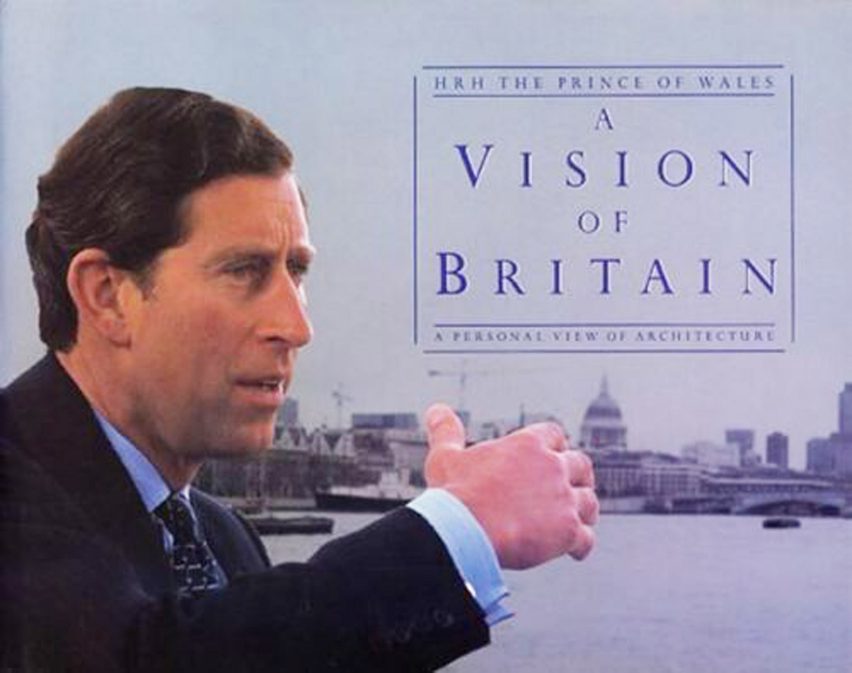
He stirred the style wars
The key thread connecting all of Charles' architectural interventions has remained a desire to promote traditional architecture over modern designs, which he has done in numerous ways.
Along with his speeches, he translated his ideals into a BBC documentary called HRH Prince Of Wales: A Vision Of Britain, which was later published as a book (pictured). Charles also published his 10 principles for architecture in the magazine Architecture Review in 2014.
His vocal interventions contributed to a feeling of animosity between classical and modern architects, which has been described as a style war. Charles alluded to this in a 2009 speech given at RIBA to mark the institution's 175th anniversary.
"There is something I've been itching to say about the last time I addressed your institute, in 1984; and that is that I am sorry if I somehow left the faintest impression that I wished to kick-start some kind of 'style war', between classicists and modernists; or that I somehow wanted to drag the world back to the 18th century," he said. "All I asked for was room to be given to traditional approaches to architecture and urbanism."
The main photo is by Alastair Rae.